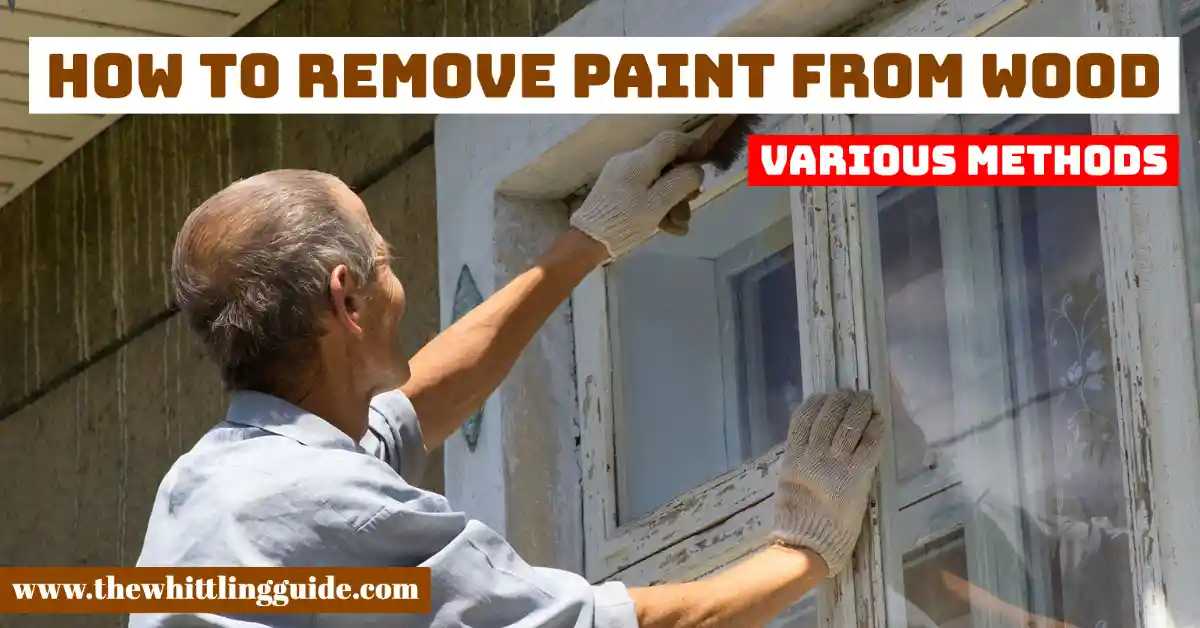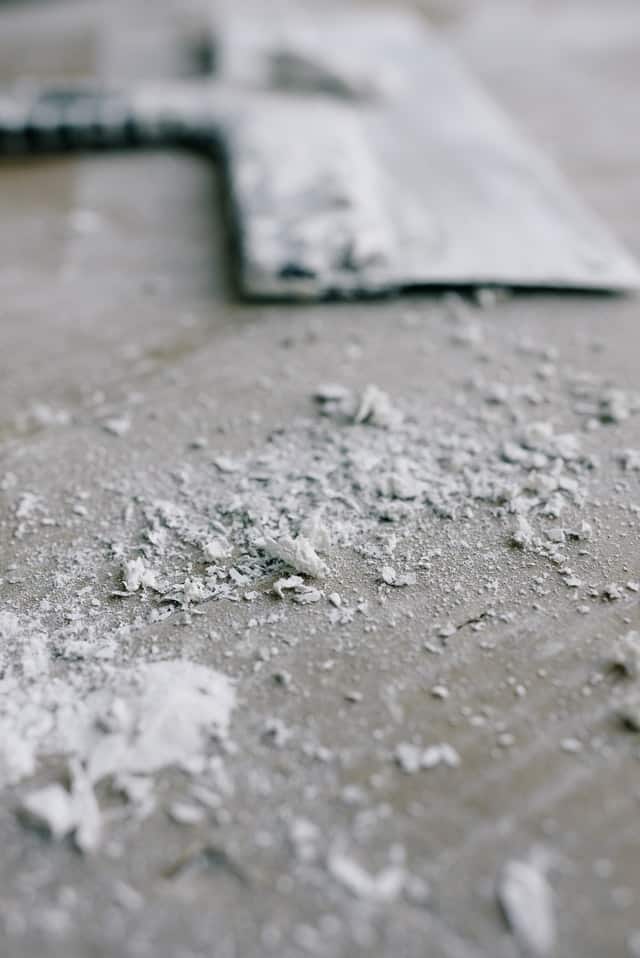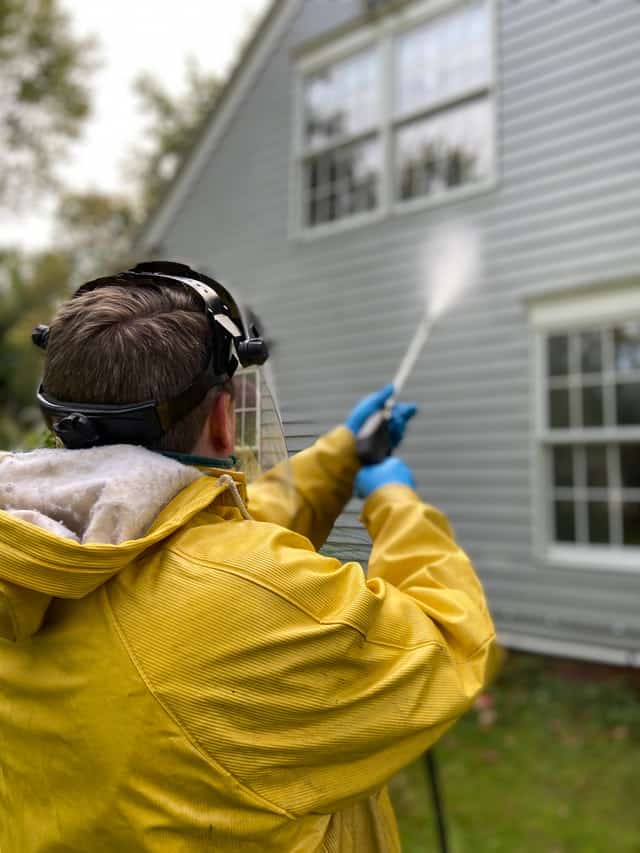
Removing Paint from wood
Wood is tough stuff! No matter how hard you try, the varnish or paint on the wood will eventually chip or peel. If you have a lot of wood in your home, you may find that the paint on the wood is the most common defect. So what can you do about it? You can use different methods to remove paint from wood, such as sanding, to scrape, and repainting, but here are some ways to make the wood look nicer.
Use a heat gun
An electric heat gun is quick, safe, and economical in removing paint from wood. It does not leave a mess after the operation. The heat gun is for both indoor and outdoor paints. It also works on wood finishes such as latex and oil-based finishes. However, it does not remove stains.

If you touch the nozzle during operation, you burn yourself. It gets hot during the process. A smaller nozzle works when the heat has to be localized. Test the gun on samples before use to familiarize yourself with the tool. They are specific to certain activities, and you must master that to ensure safety and maximum performance.
Change the nozzle when necessary but let the old one cool for 5 minutes. The gun has to warm up for 45 seconds before running. The nozzle has to be an inch or two away from the surface. Move the heat gun back and forth slowly over a small area. The paint starts blistering. That is when you have to scrap the wall paint using a knife.
The knife is substituted by a scraping tool when not available. Oil-based paints tend to make bubbles. Latex paints soften and melt away. Do not lose track of time. The scraping tool works in strokes. Each stroke has to lift a certain amount of surface paint. At this point, do not switch off the gun.
Keep the nozzle moving together with the scrapper in a forward motion. The softened paint is removed before it dries up. The heat from the gun is dangerous. That is why you must keep it off the handle of the scrapper and your fingers. Remove the paint stuck on the knife. The paint scrapings cause fire or burns. Be careful where they are landing.
Use a chemical striper
Steel wool, lint-free cloth, mineral spirits, and paint stripper are the tools and materials used to remove paint from wood. The process involves learning the method, applying the stripper, and removing paint. Chemical strippers come in multiple forms. They contain caustic chemicals, hence requiring heavy-duty gloves and a respirator.
Chemical strippers contain methylene chloride. That is a liquid chemical for carvings and ornaments. The oil easily spreads on items. There is wax in the chemical strippers that slow evaporation.
The chemicals stay longer on the surface. Shale the contents before you open it. Pout the stripper into a shallow pan. Do not work on the entire surface at once. Apply a thick coat of remover using a brush.
Leave the coating for 20 minutes. The paint starts making bubbles. Scrap off the softened paint. If there is a need to redo the process, add another coat. Use steel wool to get rid of the remaining paint. Wipe off the surface with a cloth dipped in mineral spirits. There is also a gel and paste stripper. They cling to the surface.
Use a drill and sandpaper
A cordless drill is ideal for paint removal on wood. There is no cord to distract you and slow you down. Pressure is tricky to maintain when using sandpaper. More pressure damages the wood. It has to be 150 grit abrasive, and the finish comes with 220 grit. Clean the surface before sanding.

Use 80-grit sandpaper to sand the surface. Get rid of dust and debris before you give the surface a second round of sanding. Give the wood surface the third round of sanding after wiping off the dust. Clean the surface with a rag soaked in water. Make use of your dish soap and give the surface time to dry.
Sanding lead paint is dangerous. It produces toxic lead dust into the air. Using an electric sander indoors is not safe as well. Put on a mask to protect yourself from dust. Sanding is affordable since it uses minimal tools. It is an easy process as well. Coarse sandpaper is your starter.
Change of grain attracts change of sandpaper from coarse to medium. Wrap the sandpaper around the wood surface. Wet and dry your sandpaper to reduce the amount of dust. If you intend to varnish your wood, avoid adding water.
That process allows the absorption of the dust paste by the grain. That requires more energy to remove. Allow the wood to dry after the wetting process. Hand sanding is not ideal for carved or shaped wood. It results in flattening the detailed part.
Use a paint scraper
A paint scraper is a manual tool that removes paint from wood. It is handy, making it easy to use in corners and tight spaces. The drill comes with a brush. The brush is metal. That allows it to remove paint on the hardwood.

The brush moves back and forth against the surface. Low speeds work better. A model with depth controls allows you to hit the surface in light or deep mode—the paint scraper scraps off the existing paint.
However, it takes time and requires a lot of energy. That is straining your hands. Since the scrapers come in different forms, choose the one that suits your task. Straight scrapers are easy to use and efficient. However, softened paint comes off easily.
Using a paint scraper is ideal for a thin layer of paint. Curved edges on scrappers are better on curves and corners. They allow you to apply more pressure. Plastic handles make the scrapper comfortable to use.
Curve blade scrapers easily get insider corners, unlike straight scrappers. A tough and rigid tool is more effective. It withstands a lot of pressure. Remove lead paint only when you are a recipient of proper training. Focus on making a flat surface, then remove all the surface paint. At this point, you are allowed to scrap against the grain. Scrap lightly since the chances of damaging wood are high. Start with the edges, then areas where scrappers are hard to reach.
Power washing
The power washing method is ideal for extensive projects. A pressure washer with 2500 psi or more is the standard size required. Prepare your area to protect against water leaking into your house. High-pressure levels get rid of the paint. The tool saves time and comes with a wide range of models. The washers range from 2,000 to 4,000 psi. They are powerful enough to remove the paint.
Windows and doors have to be closed. Gather the power equipment needed. A 15-degree nozzle is considered a good size for the task. Hold the washer firmly at an angle. Maintain a distance of 12 to 18 inches from the surface. The spray gets under the paint without damaging the surface.

Work in sections and keep the nozzle moving along the wooden grain. You might not remove the paint. Leave the wall to dry and scrape or light sand the surface. That takes away the remaining surface paint. Wait for days before repainting so that the wall completely dries. Find out how to remove paint from wood without sanding.
- Grain and Sheen: Teak Oil versus Danish Oil Uncovered - January 10, 2024
- The Cherry on Top: Crafting the Perfect Cutting Board - January 9, 2024
- Polyurethane Water-Based vs Oil-Based: Choosing the Right Finish - January 8, 2024